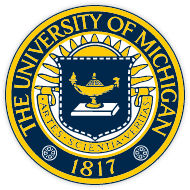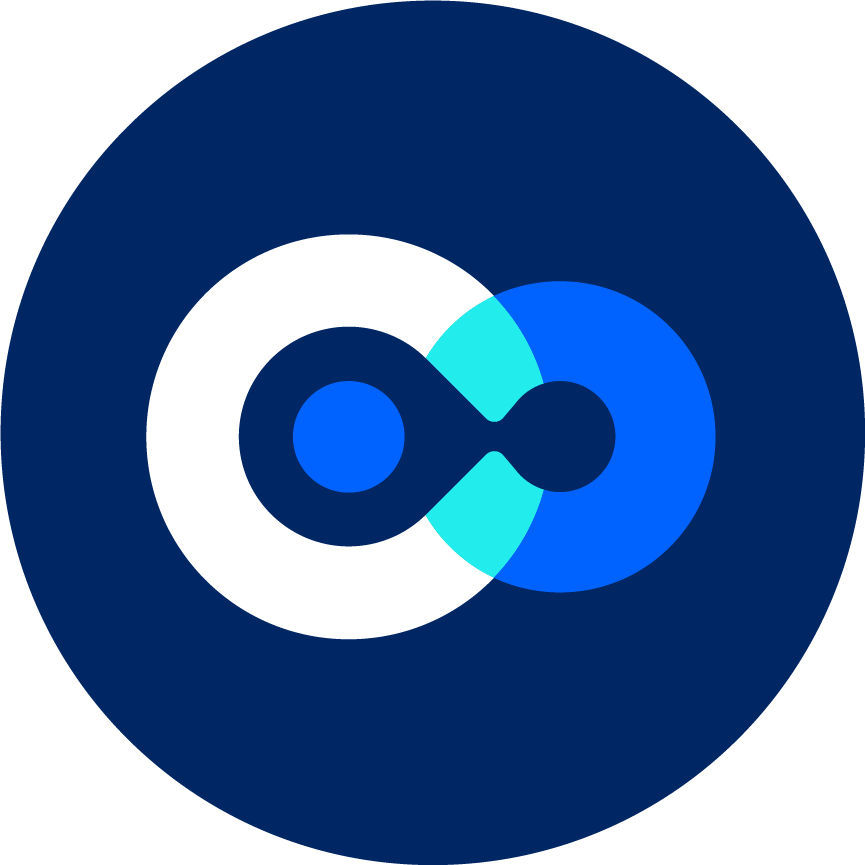Request Demo
Last update 08 May 2025
Adventist Health System Sunbelt Healthcare Corp.
Last update 08 May 2025
Overview
Tags
Neoplasms
Other Diseases
Immune System Diseases
Microbiota
Monoclonal antibody
TCR-T Cell therapy
Disease domain score
A glimpse into the focused therapeutic areas
No Data
Technology Platform
Most used technologies in drug development
No Data
Targets
Most frequently developed targets
No Data
| Disease Domain | Count |
|---|---|
| Neoplasms | 2 |
| Immune System Diseases | 1 |
| Endocrinology and Metabolic Disease | 1 |
| Hemic and Lymphatic Diseases | 1 |
| Top 5 Drug Type | Count |
|---|---|
| Microbiota | 1 |
| TCR-T Cell therapy | 1 |
| Monoclonal antibody | 1 |
| Top 5 Target | Count |
|---|---|
| IL-17C(interleukin 17C) | 1 |
Related
4
Drugs associated with Adventist Health System Sunbelt Healthcare Corp.Target- |
Mechanism- |
Active Org. |
Originator Org. |
Active Indication |
Inactive Indication- |
Drug Highest PhasePhase 1 |
First Approval Ctry. / Loc.- |
First Approval Date- |
Target- |
Mechanism Gene transference [+1] |
Active Org. |
Originator Org. |
Inactive Indication- |
Drug Highest PhasePhase 1 |
First Approval Ctry. / Loc.- |
First Approval Date- |
WO2022204375
Patent MiningTarget |
Mechanism- |
Active Org. |
Originator Org. |
Active Indication |
Inactive Indication- |
Drug Highest PhaseDiscovery |
First Approval Ctry. / Loc.- |
First Approval Date- |
285
Clinical Trials associated with Adventist Health System Sunbelt Healthcare Corp.NCT06719362
A First-in-human, Open-label, Dose Escalation, Phase I Clinical Trial to Evaluate the Safety, Tolerability and Preliminary Clinical Efficacy of M3T01 Monotherapy and in Combination With Pembrolizumab and Other Systemic Therapies in Patients With Advanced Solid Tumors
Phase 1 first-in-human, open-label, dose-escalation (3 + 3), dose-expansion clinical trial to evaluate the safety, tolerability and preliminary clinical efficacy of M3T01 (fully human IgG4/kappa monoclonal antibody targeting FasL) in subjects with metastatic or unresectable solid tumors.
Start Date01 Oct 2025 |
Sponsor / Collaborator |
NCT06918730
Prospective Randomized Controlled Trial (RCT)Comparing Clinical Outcomes Between Underwater Versus Carbon Dioxide Insufflation During Peroral Endoscopic Myotomy (U-POEM Trial)
Multicenter randomized trial comparing post-procedural pain intensity after Per-Oral endoscopic myotomy (POEM) between two types of standard of care insufflation methods (CO2 vs Underwater).
POEM is routinely performed under carbon dioxide insufflation (CO2-POEM) as this gas is more rapidly absorbed than air, which has been shown to reduce gas-related complications.
Water immersion for luminal distension of the GI tract as opposed to carbon dioxide insufflation has been shown to be associated with improved patient satisfaction, safety profile and even higher detection of polyps during colonoscopy in randomized trials
Aim 1. The primary aim is to compare post-procedural pain following U-POEM vs. CO2-POEM.
Aim 2. Compare the proportion of patients that require post-procedural admission for pain management.
Aim 3. Compare the need for analgesic medications for pain control in patients undergoing U-POEM vs. CO2-POEM.
Aim 4. Compare technical and clinical success between U-POEM vs. CO2-POEM. Technical success is defined as successful completion of the procedure whereas clinical success will be defined as an Eckardt score ≤ 3 at the time of follow-up.
Aim 5. Compare and evaluate procedural characteristics between the two groups.
1. Compare procedural time between U-POEM and CO2-POEM.
2. Compare the mean number of coagulations with hemostatic forceps for active intraprocedural bleeding and the mean number of times in which a device besides an electrosurgical knife was required for prophylactic ablation of vessels.
3. Adverse event rate (i.e. bleeding, perforation).
POEM is routinely performed under carbon dioxide insufflation (CO2-POEM) as this gas is more rapidly absorbed than air, which has been shown to reduce gas-related complications.
Water immersion for luminal distension of the GI tract as opposed to carbon dioxide insufflation has been shown to be associated with improved patient satisfaction, safety profile and even higher detection of polyps during colonoscopy in randomized trials
Aim 1. The primary aim is to compare post-procedural pain following U-POEM vs. CO2-POEM.
Aim 2. Compare the proportion of patients that require post-procedural admission for pain management.
Aim 3. Compare the need for analgesic medications for pain control in patients undergoing U-POEM vs. CO2-POEM.
Aim 4. Compare technical and clinical success between U-POEM vs. CO2-POEM. Technical success is defined as successful completion of the procedure whereas clinical success will be defined as an Eckardt score ≤ 3 at the time of follow-up.
Aim 5. Compare and evaluate procedural characteristics between the two groups.
1. Compare procedural time between U-POEM and CO2-POEM.
2. Compare the mean number of coagulations with hemostatic forceps for active intraprocedural bleeding and the mean number of times in which a device besides an electrosurgical knife was required for prophylactic ablation of vessels.
3. Adverse event rate (i.e. bleeding, perforation).
Start Date23 May 2025 |
Sponsor / Collaborator |
NCT06951490
Assessing Negative PillSense™ for Safe Discharge in Patients With Positive Hemoccult and/or Unexplained Anemia
In this study, participants will be offered a PillSense™ capsule, a small capsule to swallow, which can detect the presence of blood in the upper digestive tract within about 10 minutes. The results of this capsule test will not alter the current care plan but will help us assess whether PillSense™ can be used in the future as a standalone test to determine if it is safe for patients to be discharged with anemia or a positive stool test without other signs of gastrointestinal bleeding. This study aims to collect data that will help determine if the PillSense™ capsule could one day reduce the need for more invasive procedures while hospitalized, like endoscopy, and ensure safe patient discharge.
Start Date01 May 2025 |
Sponsor / Collaborator |
100 Clinical Results associated with Adventist Health System Sunbelt Healthcare Corp.
Login to view more data
0 Patents (Medical) associated with Adventist Health System Sunbelt Healthcare Corp.
Login to view more data
3,896
Literatures (Medical) associated with Adventist Health System Sunbelt Healthcare Corp.01 May 2025·Journal of Stroke and Cerebrovascular Diseases
Differences in door-to-device times in a retrospective cohort of patients with ischemic stroke who received CTA only or CTA and CTP imaging
Article
Author: Tarpley, Jason W ; Marginean, Horia ; Szweda, Kamila ; Stuchiner, Tamela ; Shahripour, Reza Bavarsad ; Anderson, Weston
21 Apr 2025·Cancer Research
Abstract 1076: Sharing data from the Human Tumor Atlas Network through standards, infrastructure, and community engagement
Author: Guinney, Justin ; DeFelice, Mialy ; Altreuter, Jennifer ; Muhlich, Jeremy ; Longabaugh, William J. ; Nikolov, Milen ; Lash, Alex ; Lau, Clarisse ; Anton, Kristen ; Mitraka, Elvira ; Taylor, Adam J. ; Cerami, Ethan ; Li, Xiang ; Sumer, Selcuk Onur ; Schultz, Nikolaus ; Santagata, Sandro ; Clayton, Ashley ; Gibbs, David L. ; de Bruijn, Ino ; Sorger, Peter K. ; Thorsson, Vésteinn ; Lisman, Aaron ; Suver, Christine ; Pozhidayeva, Dar'ya Y. ; Doan, Xengie ; Nandakumar, Subhiksha ; Eddy, James A.
21 Apr 2025·Cancer Research
Abstract 6912: Resolvin E1 sensitizes tumors to immune checkpoint inhibition by stimulating tumor antigen presentation
Author: Rothenberg, Eva ; Parkinson, John ; Quinlinvan, Katherine ; Klohs, Wayne D. ; Gillespie, Michael ; Huang, Sui ; Panigrahy, Dipak ; Mathias, Gary ; Krishnamoorthy, Nandini
279
News (Medical) associated with Adventist Health System Sunbelt Healthcare Corp.02 May 2025
Findings Could Someday Help Prevent Risky Code Insertions into the Human Genome
NEW YORK, May 2, 2025 /PRNewswire/ -- Viruses are known to use the genetic machinery of the human cells they invade to make copies of themselves. As part of the process, viruses leave behind remnants throughout the genetic material (genomes) of humans. The virus-like insertions, called "transposable elements," are snippets of genetic material even simpler than viruses that also use host cell machinery to replicate.
Nearly all these inserted elements have been silenced by our cells' defense mechanisms over time, but a few, nicknamed "jumping genes," can still move around the human genome like viruses. Just one, called long interspersed nuclear element 1 (LINE-1), can still move by itself.
As an element type that behaves like the retrovirus HIV, the LINE-1 "retrotransposon" is first copied into a molecule of RNA, the genetic material that partners with DNA, and then the RNA LINE-1 copy is converted back into DNA in a new place in the genome. In this way, retrotransposons add code to the human genome every time they move, which explains why 500,000 LINE-1 repeats now represent a "staggering" 20 percent of the human genome. These repeats drive genome evolution, but can also cause neurological diseases, cancer, and aging when LINE-1 randomly jumps into essential genes, or triggers an immune response like a virus to cause inflammation.
To copy itself, however, LINE-1 must enter each cell's nucleus, the inner barrier that houses DNA. Now a new study, published online May 2 in the journal Science Advances, reveals that LINE-1 binds to cellular DNA during the brief periods when nuclei break open as cells continually divide in two, creating replacements to keep tissues viable as we age. The research team found that LINE-1 RNA takes advantage of these moments, assembling into clusters with one of the two proteins it encodes, ORF1p, to hold tightly to DNA until the nucleus reforms after cell division.
Led by researchers at NYU Langone Health and the Munich Gene Center at Ludwig-Maximilians-Universität (LMU) München in Germany, the work revealed specifically that LINE-1 can only bind to DNA when ORF1p – which can bind to RNA, DNA, and itself in linked copies called multimers – accumulates into clusters of hundreds of molecules called condensates. As more ORF1p molecules build up, they eventually envelop the LINE-1 RNA, which makes more binding sites available for the entire cluster to attach to DNA.
"Our study provides crucial insight into how a genetic element that has come to make up a large part of human DNA can successfully invade the nucleus to copy itself," says senior study author Liam J. Holt, PhD., associate professor in the Department of Biochemistry and Molecular Pharmacology, and the Institute for Systems Genetics, at NYU Grossman School of Medicine. "These findings on the precise mechanisms behind LINE-1 insertion lay the foundations for the design of future therapies to prevent LINE-1 replication."
The work also suggests that the LINE-1 condensate acts as a delivery vehicle to bring its RNA into proximity of the right sequences (rich in the DNA bases adenine and thymine) on DNA where the retrotransposon tends to insert, say the study authors. Packaged in its condensates, LINE-1 is thought to evade mechanisms that exclude large particles from the nucleus during mitosis as a cellular defense against viruses.
"LINE-1 condensates have a remarkable feature in that their DNA binding ability emerges only when the ratio of ORF1p copies to RNA is high enough in the condensates," added Dr. Holt. "Moving forward we will be looking to see if other condensates undergo functional changes as the ratios between their components change."
Along with Dr. Holt, the first study authors were graduate student Farida Ettefa at NYU Grossman School of Medicine and its Institutes for Systems Genetics; and Sarah Zernia of Gene Center Munich at Ludwig-Maximilians-Universität (LMU) München in Germany. Also study authors were Cas Koeman, Joëlle Deplazes-Lauber, Marvin Freitag, and co-senior author Johannes Stigler from Ludwig-Maximilians-Universität München. The study was supported by the LMU-NYU Research Cooperation Program.
About NYU Langone Health
NYU Langone Health is a fully integrated health system that consistently achieves the best patient outcomes through a rigorous focus on quality that has resulted in some of the lowest mortality rates in the nation. Vizient Inc. has ranked NYU Langone No. 1 out of 115 comprehensive academic medical centers across the nation for three years in a row, and U.S. News & World Report recently placed nine of its clinical specialties among the top five in the nation. NYU Langone offers a comprehensive range of medical services with one high standard of care across seven inpatient locations, its Perlmutter Cancer Center, and more than 320 outpatient locations in the New York area and Florida. With $14.2 billion in revenue this year, the system also includes two tuition-free medical schools, in Manhattan and on Long Island, and a vast research enterprise.
Contact:
Gregory Williams
[email protected]
SOURCE NYU Langone Health
WANT YOUR COMPANY'S NEWS FEATURED ON PRNEWSWIRE.COM?
440k+
Newsrooms &
Influencers
9k+
Digital Media
Outlets
270k+
Journalists
Opted In
GET STARTED
Clinical Study
30 Apr 2025
Recognizing leaders in patient care and education for patients with operable brain tumors
TEMPE, Ariz., April 30, 2025 /PRNewswire/ -- GT Medical Technologies, a medical device company focused on improving the lives of patients with brain tumors, today announced AdventHealth Orlando as the second GammaTile® Center of Excellence designation.
Continue Reading
GammaTile COE (PRNewsfoto/GT Medical Technologies)
The program recognizes leaders in patient care dedicated to advancing brain tumor treatment. Physicians and their institutions who receive this designation have demonstrated an exceptional level of expertise in the GammaTile procedure by meeting specific clinical criteria, annual operable brain tumor case minimums, and ongoing education requirements.
GammaTile is thrilled to announce AdventHealth Orlando as the second Center of Excellence designation. The following physicians are now recognized with this achievement:
Imran Mohiuddin, MD, PhD, Radiation Oncologist, Director of CNS Radiosurgery, Co-Director of Gamma Knife®
Christopher Baker, MD, Neurosurgeon
Michael Bellew, MD, Neurosurgeon
Melvin Field, MD, Neurosurgeon
Ravi Gandhi, MD, Neurosurgeon
David Rosen, MD, Neurosurgeon
"GT Medical Technologies is pleased to designate these exceptional institutions and physicians for their unwavering commitment to improving patient outcomes and quality of life," said Per Langoe, Chief Executive Officer at GT Medical Technologies. "Together, we will continue to elevate the standard of care for patients and pave the way for the future of brain tumor treatment."
GammaTile is an innovative form of radiation therapy placed at the time of tumor surgical removal, delivering immediate, targeted radiation to the tumor site when cancer cells are most vulnerable. Unlike conventional approaches, which often require a delay between surgery and radiation therapy to allow for wound healing, GammaTile eliminates this treatment gap. By delivering immediate, localized radiation directly at the tumor site, it is designed to maximize the treatment's effectiveness against remaining cancer cells and reduce the risk of regrowth.1
"Achieving recognition as a GammaTile Center of Excellence underscores our unwavering commitment to advancing patient standard of care," said Dr. Imran Mohiuddin. "At AdventHealth Orlando, we take pride in offering our patients innovative treatments like GammaTile."
About GT Medical Technologies, Inc.
GT Medical Technologies was founded by a dedicated team of brain tumor specialists to address unmet needs in brain tumor treatment. The company is committed to improving the lives of patients with brain tumors through innovative solutions that elevate the standard of care.
About GammaTile
GammaTile is an FDA-cleared, bioabsorbable collagen implant embedded with radiation seeds, designed for patients with operable brain tumors. By delivering radiation directly from within—placed into the surgical cavity at the time of tumor removal—GammaTile provides immediate, localized treatment. This approach targets remaining cancer cells when they are most vulnerable to help prevent regrowth, while minimizing radiation exposure to healthy brain tissue.
Since its full market launch in the United States in March 2020, GammaTile has been adopted by more than 100 leading centers, underscoring its growing acceptance in both academic and community healthcare settings. For more information, visit gammatile.com and follow @GammaTile on Facebook, Instagram, LinkedIn and X.
Media Contact
Dawn Fallon
New Dawn Communications LLC
[email protected]
732-771-7808
References
Garcia MA et al. J Neurooncol. 166:203-212 (2024).
SOURCE GT Medical Technologies
WANT YOUR COMPANY'S NEWS FEATURED ON PRNEWSWIRE.COM?
440k+
Newsrooms &
Influencers
9k+
Digital Media
Outlets
270k+
Journalists
Opted In
GET STARTED
Radiation Therapy
02 Apr 2025
PRESS RELEASE 02/04/2025, 07:00 CEST Biocartis Announces Launch of the Brand-New Idylla™ POLE-POLD1 Mutation Assay Mechelen, Belgium, 02 April 2025 – Biocartis NV (“Biocartis”), an innovative molecular diagnostics company, is pleased to announce the launch of the brand-new Idylla™ POLE-POLD1 Mutation Assay (RUO1), a fully automated, real-time polymerase chain reaction (PCR) Assay designed for the detection of the hypermutated phenotype associated with mutations in POLE and POLD1. POLE and POLD1 are proteins that ensure proper DNA amplification. When these proteins malfunction due to pathogenic mutations, uncontrolled DNA replication occurs, leading to cancer. Mutations in POLE and POLD1 have been identified in endometrial cancers and beyond2,3. POLE-mutated endometrial cancers are considered a distinct subtype in the molecular classification of endometrial cancer samples, next to dMMR/MSI-H, p53abn and NSMP subtypes4. The Idylla™ POLE-POLD1 Mutation Assay, run on the Idylla™ Platform, qualitatively detects 17 point mutations in the POLE gene and one mutation in the POLD1 gene, enabling it to detect 99% of the known POLE and POLD1 pathogenic mutations in a single cartridge. Optimized for use with formalin-fixed, paraffin-embedded (FFPE) tissue specimens, the Idylla™ POLE-POLD1 Mutation Assay offers fast and accurate results, with a hands-on time of under 3 minutes and a turnaround time of approximately 95 minutes, enabling laboratories to go from sample to result in less than 2 hours. Sigurd F. Lax, Professor and Head of Department of General Hospital Graz II5, commented on the new Assay, stating: "The Idylla™ POLE-POLD1 Mutation Assay has the potential to provide an on-demand, fast, and accurate solution, making molecular testing in endometrial cancer samples easier and more accessible than ever.“ At the Association for Molecular Pathology (AMP) 2024 Annual Meeting, Biocartis (Barault et al., 20246) presented the results of a multi-center study to retrospectively detect POLE mutations in endometrial cancer tissue samples (cfr. Press Release 23 October 2024). More than 450 clinical samples were tested using a prototype version of the Idylla™ POLE-POLD1 Mutation Assay, comparing its accuracy against NGS, Sanger sequencing, and qPCR. This prototype study demonstrated 98.2% overall accuracy, highlighting the Assay’s potential. The Assay has since been further enhanced by incorporating additional POLE and POLD1 mutations, achieving a 99% mutation coverage with an impressive 97.2% positive percent agreement and 99.2% negative percent agreement. For more information about the newly available Idylla™ POLE-POLD1 Mutation Assay, please visit the Biocartis website or contact the Biocartis team. Roger Moody, Chief Executive Officer of Biocartis, commented: “We are pleased to introduce the Idylla™ POLE-POLD1 Mutation Assay, which empowers laboratories to streamline molecular profiling for endometrial cancer.” ----- END ----- More information: www.biocartis.com info@biocartis.com Biocartis NV. Generaal De Wittelaan 11B, 2800 Mechelen, Belgium About Biocartis With its revolutionary and proprietary Idylla™ Platform, Biocartis aspires to enable personalized medicine for patients around the world through universal access to molecular testing, by making molecular testing actionable, easy, fast and suitable for any lab. The Idylla™ Platform is a fully automated sample-to-result, real-time PCR (Polymerase Chain Reaction) based system designed to offer in-house molecular biomarker testing in only 3 hours, allowing fast and optimal treatment selection. Idylla™'s continuously expanding menu of molecular diagnostic tests and research assays addresses key unmet clinical needs. Today, Biocartis offers tests supporting lung, skin, thyroid, colorectal, endometrial, blood, brain and breast cancer. More information: www.biocartis.com. Follow us on LinkedIn, Facebook and X (Twitter). Disclaimers Idylla™ Platform is CE-marked in Europe in compliance with EU IVD Regulation 2017/746, listed as a class II device in the US under establishment registration 3009972873, and registered in many other countries. Idylla™ POLE-POLD1 Mutation Assay is for Research Use Only (RUO), not for use in diagnostic procedures. Biocartis and Idylla™ are registered trademarks in Europe, the US and many other countries. The Biocartis and Idylla™ trademarks and logos are used trademarks owned by Biocartis NV. © April 2025, Biocartis NV. All rights reserved. 1 For Research Use Only (RUO), not for use in diagnostic procedures.2 Barbari, S. R., & Shcherbakova, P. V. (2017). Replicative DNA polymerase defects in human cancers: Consequences, mechanisms, and implications for therapy. DNA repair, 56, 16–25. https://doi.org/10.1016/j.dnarep.2017.06.0033 Ambrosini, M. et al. (2024). Immune checkpoint inhibitors for POLE or POLD1 proofreading-deficient metastatic colorectal cancer. Annals of Oncology, 35 (7), 643– 655. https://doi.org/10.1016/j.annonc.2024.03.0094 Kommoss, S. et al. (2018). Final validation of the ProMisE molecular classifier for endometrial carcinoma in a large population-based case series. Annals of Oncology, 29(5). https://doi.org/10.1093/annonc/mdy0585 Department of Pathology, Hospital Graz II, Graz, Austria & School of Medicine, Johannes Kepler University, Linz, Austria.6 Barault, L. et al (2024). The Idylla POLE Mutation Assay: A New Tool for Direct Mutation Detection from FFPE Tissue. The Journal of Molecular Diagnostics, 26(11), S139.
Clinical Study
100 Deals associated with Adventist Health System Sunbelt Healthcare Corp.
Login to view more data
100 Translational Medicine associated with Adventist Health System Sunbelt Healthcare Corp.
Login to view more data
Corporation Tree
Boost your research with our corporation tree data.
login
or
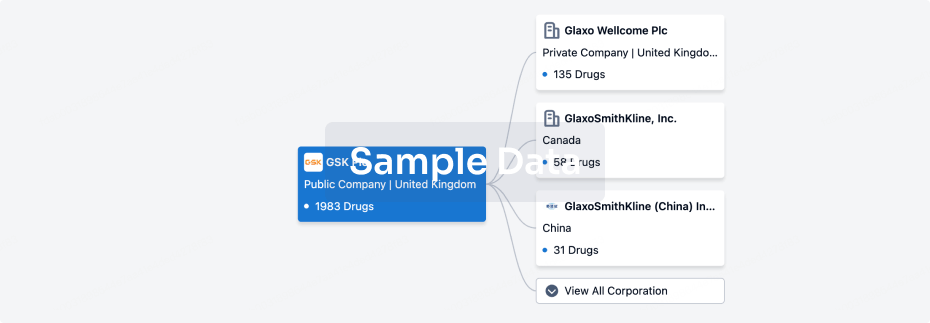
Pipeline
Pipeline Snapshot as of 19 Dec 2025
The statistics for drugs in the Pipeline is the current organization and its subsidiaries are counted as organizations,Early Phase 1 is incorporated into Phase 1, Phase 1/2 is incorporated into phase 2, and phase 2/3 is incorporated into phase 3
Discovery
1
2
Phase 1 Clinical
Other
1
Login to view more data
Current Projects
| Drug(Targets) | Indications | Global Highest Phase |
|---|---|---|
M3T01 | Advanced Malignant Solid Neoplasm More | Phase 1 |
TCR-transduced T cells(Providence Health & Services) | Exanthema More | Phase 1 |
WO2022204375 ( IL-17C ) | Digestive System Disorders More | Discovery |
Alpha-tocopheroloxyacetic acid (Veana Therapeutics) | Lymphoma More | Pending |
Login to view more data
Deal
Boost your decision using our deal data.
login
or
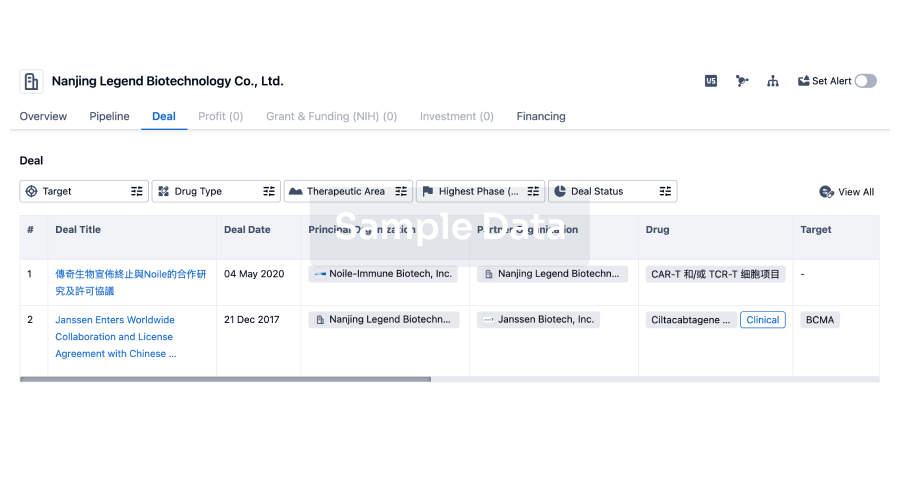
Translational Medicine
Boost your research with our translational medicine data.
login
or
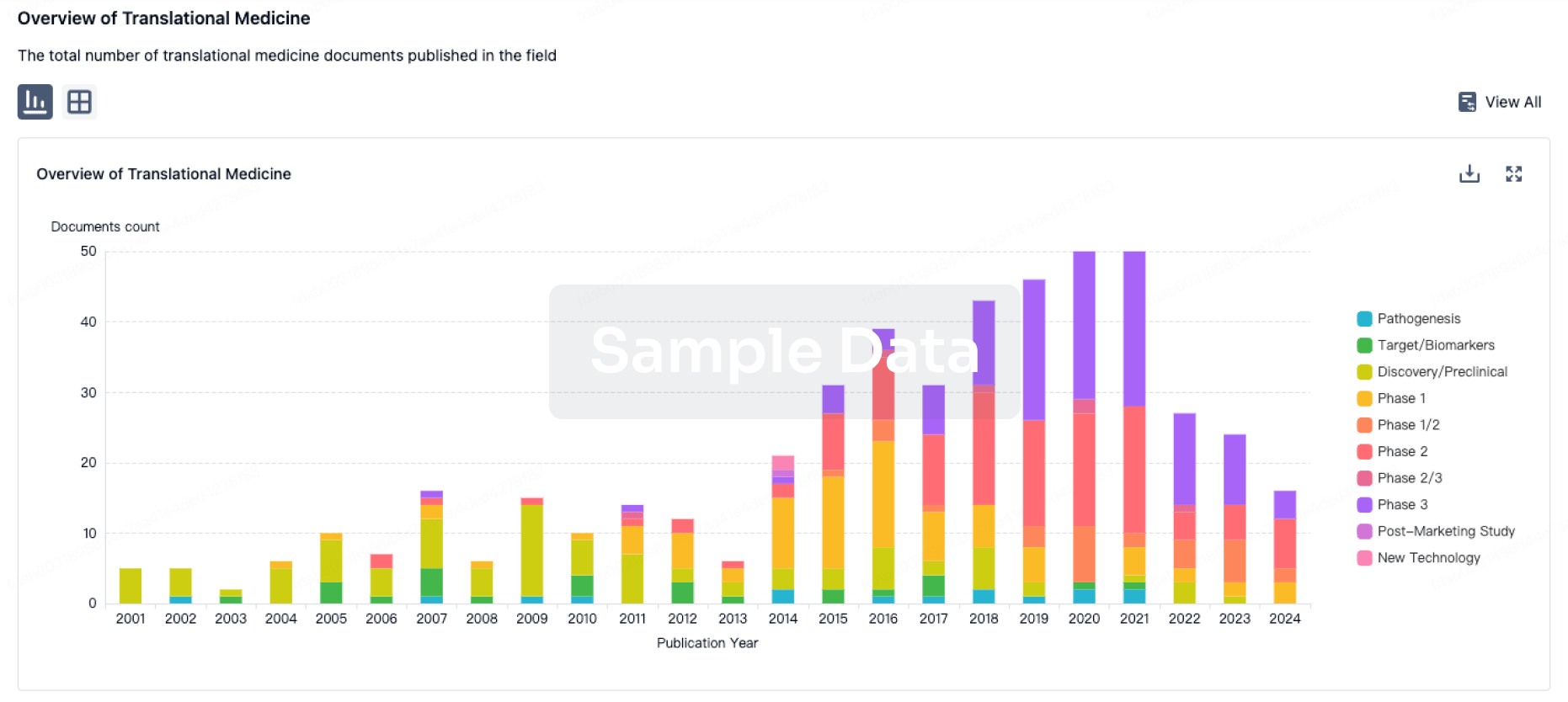
Profit
Explore the financial positions of over 360K organizations with Synapse.
login
or
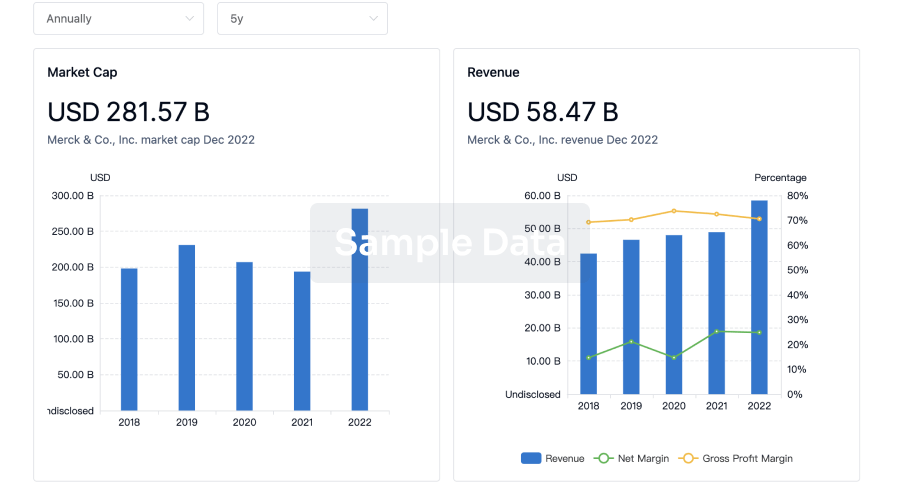
Grant & Funding(NIH)
Access more than 2 million grant and funding information to elevate your research journey.
login
or
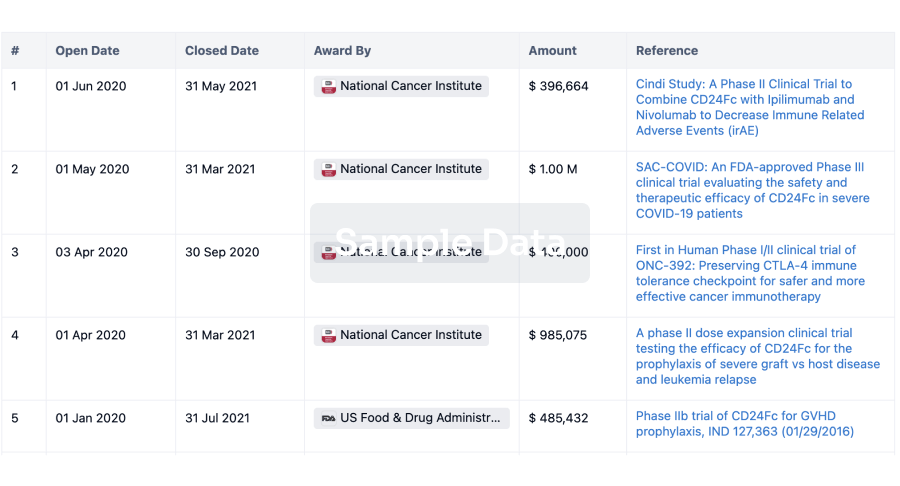
Investment
Gain insights on the latest company investments from start-ups to established corporations.
login
or
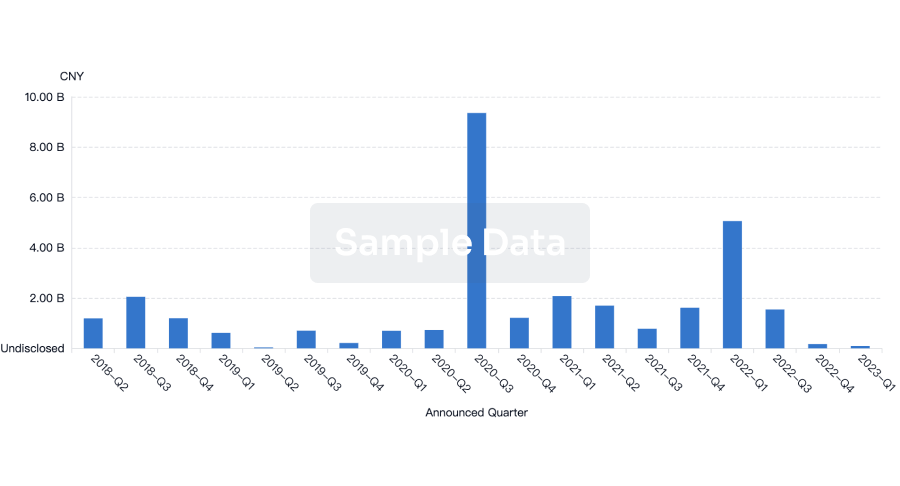
Financing
Unearth financing trends to validate and advance investment opportunities.
login
or
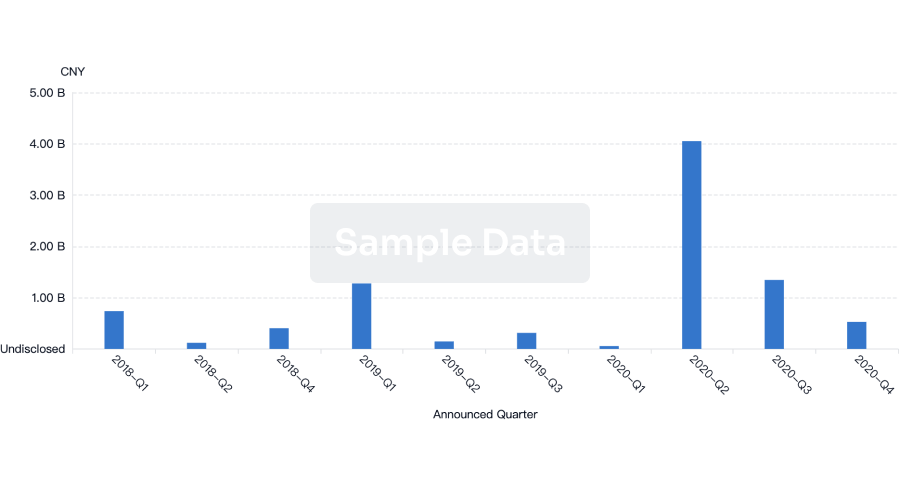
AI Agents Built for Biopharma Breakthroughs
Accelerate discovery. Empower decisions. Transform outcomes.
Get started for free today!
Accelerate Strategic R&D decision making with Synapse, PatSnap’s AI-powered Connected Innovation Intelligence Platform Built for Life Sciences Professionals.
Start your data trial now!
Synapse data is also accessible to external entities via APIs or data packages. Empower better decisions with the latest in pharmaceutical intelligence.
Bio
Bio Sequences Search & Analysis
Sign up for free
Chemical
Chemical Structures Search & Analysis
Sign up for free

